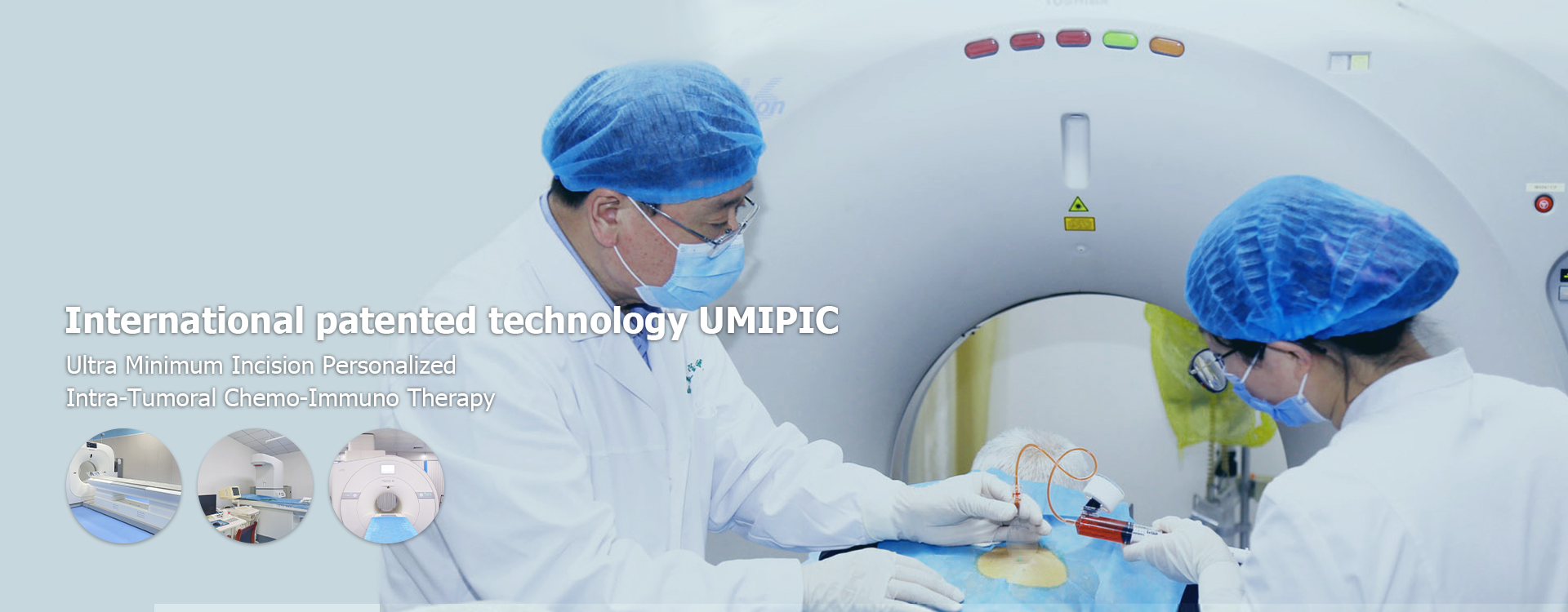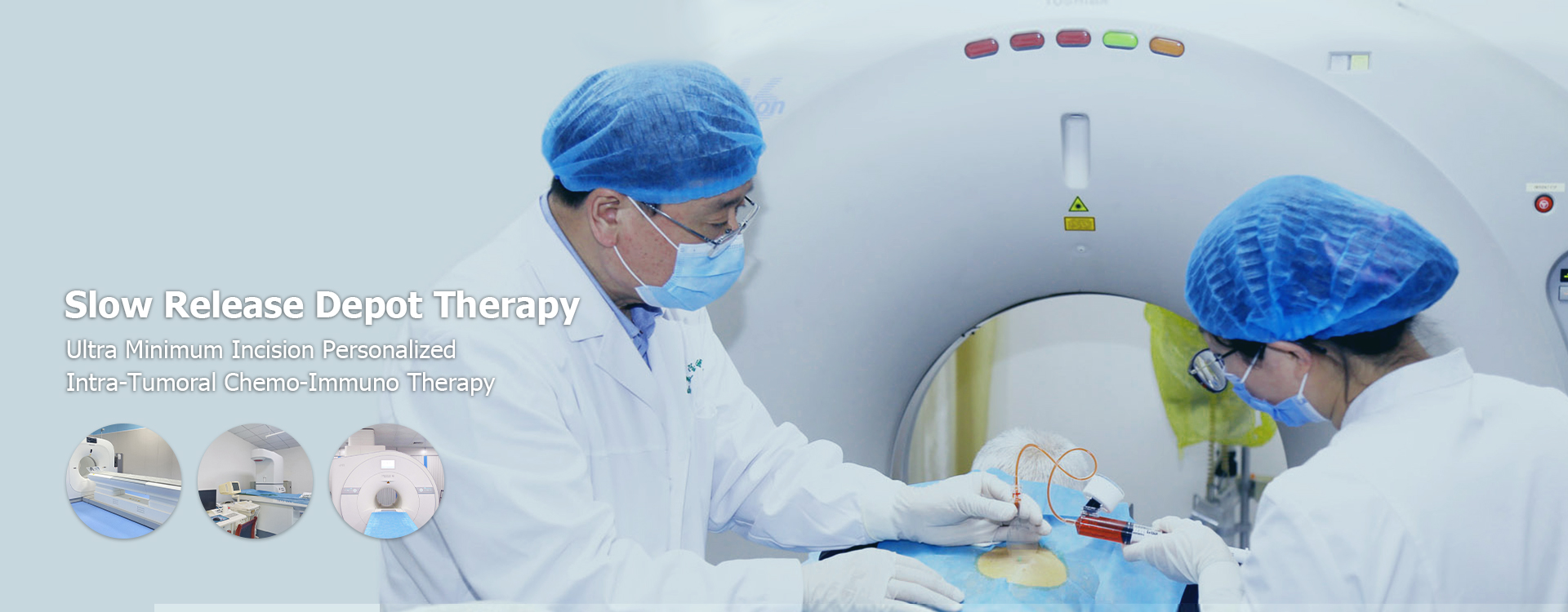
psma prostate cancer treatment
PSMA prostate cancer treatment represents a significant advancement in managing prostate cancer, particularly metastatic castration-resistant prostate cancer (mCRPC). This guide explores different PSMA prostate cancer treatment options, including radioligand therapy, their efficacy, side effects, and how they are changing the landscape of prostate cancer care. Learn about the science behind PSMA, the various therapies available, and what patients can expect during treatment.Understanding PSMA and its Role in Prostate CancerProstate-Specific Membrane Antigen (PSMA) is a protein that is highly expressed on the surface of prostate cancer cells, especially in advanced and metastatic disease. This makes PSMA an excellent target for diagnostic imaging and targeted therapies.What is PSMA?PSMA is a transmembrane protein that functions as a glutamate carboxypeptidase. While its exact physiological role is still being investigated, it's known that PSMA expression is significantly higher in prostate cancer cells compared to normal prostate tissue and other cells in the body. This over-expression makes it a highly specific target for prostate cancer imaging and therapy.Why is PSMA a Good Target for Prostate Cancer Treatment?The high expression of PSMA on prostate cancer cells allows for selective targeting, minimizing damage to healthy tissues. This selectivity is crucial for reducing side effects and improving the therapeutic index of prostate cancer treatments. Furthermore, PSMA expression tends to increase as prostate cancer progresses, making it a valuable target even in advanced stages of the disease.Types of PSMA-Targeted TherapiesSeveral PSMA prostate cancer treatment approaches have been developed, leveraging the unique characteristics of PSMA to deliver therapeutic agents directly to prostate cancer cells.PSMA-Targeted Radioligand Therapy (RLT)PSMA-targeted radioligand therapy involves attaching a radioactive isotope to a molecule that binds specifically to PSMA. This radiopharmaceutical is then injected into the patient, where it circulates through the bloodstream and selectively binds to PSMA-expressing prostate cancer cells. The radioactive isotope emits radiation that damages or kills the cancer cells. A prominent example is Lutetium-177 (177Lu) PSMA-617.How it Works: A targeting molecule (e.g., PSMA-617) binds to PSMA on prostate cancer cells. A radioactive isotope (e.g., Lutetium-177) delivers radiation to the cancer cells. The radiation damages the cancer cells' DNA, leading to cell death.Efficacy: Clinical trials have demonstrated the efficacy of PSMA-targeted RLT in improving overall survival and quality of life in patients with mCRPC. The VISION trial, for example, showed a significant survival benefit with 177Lu-PSMA-617 plus standard of care compared to standard of care alone. Visit Shandong Baofa Cancer Research Institute to learn more about advances in cancer therapy.Side Effects: Common side effects of PSMA-targeted RLT include fatigue, dry mouth, nausea, bone marrow suppression (leading to low blood counts), and kidney problems. These side effects are generally manageable with supportive care.PSMA-Targeted Antibody-Drug Conjugates (ADCs)Antibody-drug conjugates consist of an antibody that binds to PSMA, linked to a potent chemotherapy drug. Once the antibody binds to PSMA on the cancer cell, the ADC is internalized, and the chemotherapy drug is released inside the cell, killing it.How it Works: An antibody binds to PSMA on prostate cancer cells. The ADC is internalized into the cell. The chemotherapy drug is released inside the cell, leading to cell death.Efficacy: PSMA-targeted ADCs are still under development, but early clinical trials have shown promising results in patients with mCRPC. The effectiveness can vary depending on the specific ADC and patient characteristics.Side Effects: Side effects depend on the chemotherapy drug used in the ADC and can include nausea, fatigue, hair loss, and bone marrow suppression.PSMA-Targeted Imaging and TheranosticsPSMA-targeted imaging involves using radioactive tracers that bind to PSMA to visualize prostate cancer cells using PET/CT scans. This allows doctors to identify the location and extent of the disease, assess response to therapy, and select patients who are most likely to benefit from PSMA-targeted therapies. This approach exemplifies theranostics, combining diagnostics and therapeutics.How it Works: A radioactive tracer (e.g., Gallium-68 PSMA-11 or Fluorine-18 DCFPyL) is injected into the patient. The tracer binds to PSMA on prostate cancer cells. A PET/CT scan is performed to visualize the location and extent of the disease.Efficacy: PSMA-targeted imaging is highly sensitive and specific for detecting prostate cancer, including metastases. It can detect disease that is not visible on conventional imaging modalities. This information can guide treatment decisions and improve patient outcomes.Side Effects: PSMA-targeted imaging is generally safe, with minimal side effects. The radioactive tracers used have short half-lives and are quickly eliminated from the body.Who is a Candidate for PSMA-Targeted Therapy?PSMA prostate cancer treatment is typically considered for patients with metastatic castration-resistant prostate cancer (mCRPC) who have progressed on standard treatments such as androgen deprivation therapy and chemotherapy. Ideal candidates have high PSMA expression in their tumors, as determined by PSMA-PET imaging.Patient Selection CriteriaPatient selection for PSMA prostate cancer treatment is crucial for maximizing efficacy and minimizing the risk of side effects. Key criteria include: Metastatic castration-resistant prostate cancer (mCRPC) Progression on standard treatments (e.g., androgen deprivation therapy, chemotherapy) High PSMA expression in tumors, as determined by PSMA-PET imaging Adequate kidney and bone marrow functionThe Role of PSMA-PET Imaging in Treatment PlanningPSMA-PET imaging plays a critical role in treatment planning by identifying patients who are most likely to benefit from PSMA-targeted therapies. Patients with high PSMA expression in their tumors are more likely to respond to treatment, while those with low PSMA expression may not benefit.What to Expect During PSMA-Targeted TherapyThe experience of undergoing PSMA prostate cancer treatment can vary depending on the specific therapy used. However, there are some common aspects to be aware of.Treatment Administration and MonitoringPSMA-targeted RLT is typically administered intravenously in an outpatient setting. Patients may receive multiple cycles of treatment, spaced several weeks apart. During treatment, patients are closely monitored for side effects and response to therapy.Potential Side Effects and ManagementAs mentioned earlier, common side effects of PSMA-targeted therapies include fatigue, dry mouth, nausea, bone marrow suppression, and kidney problems. These side effects are generally manageable with supportive care, such as medications to relieve nausea and pain, blood transfusions to treat anemia, and hydration to support kidney function. Regular monitoring of blood counts and kidney function is essential during treatment.The Future of PSMA-Targeted TherapyThe field of PSMA prostate cancer treatment is rapidly evolving, with ongoing research exploring new and improved therapies.Ongoing Research and Clinical TrialsResearchers are investigating new PSMA-targeted radioligands with improved efficacy and safety profiles. Combination therapies, such as combining PSMA-targeted RLT with other treatments like immunotherapy or chemotherapy, are also being explored. Shandong Baofa Cancer Research Institute is committed to staying at the forefront of these advancements.Potential Advancements in PSMA-Targeted TherapiesFuture advancements in PSMA-targeted therapies may include: More potent radioactive isotopes Improved targeting molecules with higher affinity for PSMA Combination therapies that enhance the efficacy of PSMA-targeted RLT Personalized treatment approaches based on individual patient characteristics and tumor biologyPSMA Prostate Cancer Treatment: A SummaryPSMA prostate cancer treatment represents a promising approach to managing advanced prostate cancer. By selectively targeting PSMA-expressing prostate cancer cells, these therapies can improve outcomes and quality of life for patients with mCRPC. As research continues, we can expect to see further advancements in this field, leading to even more effective and personalized treatments for prostate cancer. Comparison of PSMA-Targeted Therapy Types Therapy Type Mechanism Key Example Status PSMA-Targeted Radioligand Therapy (RLT) Delivers radiation directly to PSMA-expressing cells Lutetium-177 (177Lu) PSMA-617 Approved for mCRPC PSMA-Targeted Antibody-Drug Conjugates (ADCs) Delivers chemotherapy drug directly to PSMA-expressing cells (Various - under development) Clinical Trials PSMA-Targeted Imaging Visualizes PSMA expression for diagnosis and treatment planning Gallium-68 PSMA-11, Fluorine-18 DCFPyL Approved for Imaging Disclaimer: This information is for educational purposes only and should not be considered medical advice. Please consult with a qualified healthcare professional for diagnosis and treatment options.
Related products
Related products
Best selling products
Best selling products-
 Anthony, lymphocytic cancer patient from the United States 24
Anthony, lymphocytic cancer patient from the United States 24 -
 Famous American female painter Muriel
Famous American female painter Muriel -
 PAT, rectal cancer patient from the United States
PAT, rectal cancer patient from the United States -
 Andress, a 9-year-old boy from the United States
Andress, a 9-year-old boy from the United States -
 Mark, a prostate cancer bone metastasis patient from the United States
Mark, a prostate cancer bone metastasis patient from the United States -
 Nell Smith, a throat cancer patient from Switzerland
Nell Smith, a throat cancer patient from Switzerland
Related search
Related search- China metastatic renal cell carcinoma cost
- Cheap pancreatic cancer causes near me
- China symptoms pancreatic cancer
- Cheap gleason 6 prostate cancer treatment
- treatment best prostate cancer treatment Hospitals
- treatment best hospital for lung cancer treatment
- China best lung cancer treatment in the world
- Cheap top 10 lung cancer treatment centers cost
- Cheap breast cancer age Hospitals
- China Professor Yu Baofa Hospitals





